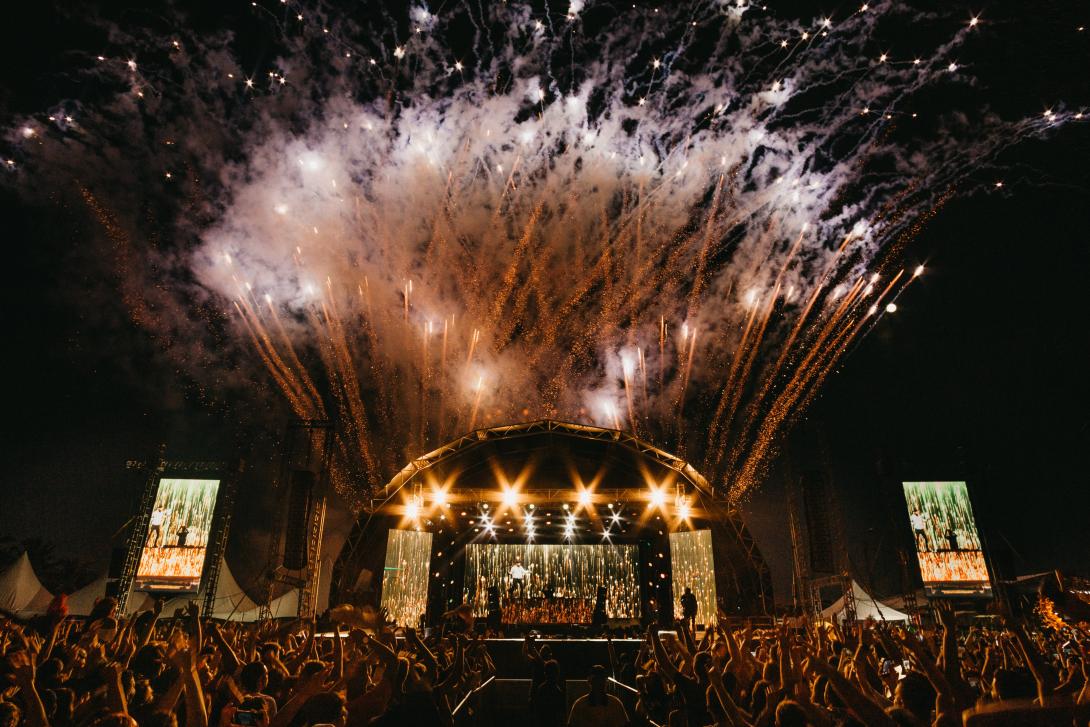
Creators had no choice but to pivot to online event production with the onset of the pandemic, and these events appear to be here to stay even as local restrictions lift. Virtual events offer many benefits for creators and attendees. But like any event, they have many moving parts to consider and monitor, and sometimes mistakes can happen. When things go wrong in a virtual event, it’s important for creators to be able to come up with quick solutions and ultimately learn from these mishaps.
Online event production comes with a specific set of challenges, some of which are very different from what you might face while planning an in-person event. We’ve spoken with several experienced virtual event creators who have overcome obstacles and turned their failures into successes. These creators have shared their worst moments and provided virtual event solutions for when something goes wrong.
Specific solutions for virtual event mishaps
After speaking with our experienced creators, we’ve pulled together four examples of the types of things that could go wrong at a virtual event, and solutions for how to fix the errors in the moment or at your next event.
No one shows up for your virtual event
You’ve planned what you think is an interesting event. You put together a marketing plan. You sent emails and had fun creating an entire social media campaign for your event. But what if no one buys any tickets?
Kellie Krouse, the Registrar at UrbanGlass in Brooklyn, New York, dealt with this exact problem. She and her colleagues planned a virtual event that would attempt to re-create the experience attendees had at similar in-person events. The holiday-themed experience would give attendees the opportunity to have a one-on-one session with an artist at UrbanGlass who would then create a custom glass “cookie” to the attendee’s specification. In previous years, attendees would have come to the studio and joined in the cookie creation themselves. Krouse and her team tried to showcase the fun and festive nature of the event on social media and did a themed photoshoot for Instagram. They were excited and had planned for 40 attendees, but only a single family signed up.
Ultimately, Krouse says, they learned that “virtual is virtual, hands-on is hands-on.” They couldn’t recreate what was really unique about an in-person experience. “We realized that demonstrations work really well in the virtual space, and group classes work really well in the virtual space. What was missing in those one-on-one virtual experiences was the community connection. People want to be in community and they want to be learning together.” This is something that Krouse’s team learned from surveying their audience and thinking critically about what their audience needed. They subsequently created online group classes about topics such as the business of glass and design building blocks, which were ultimately far more successful.